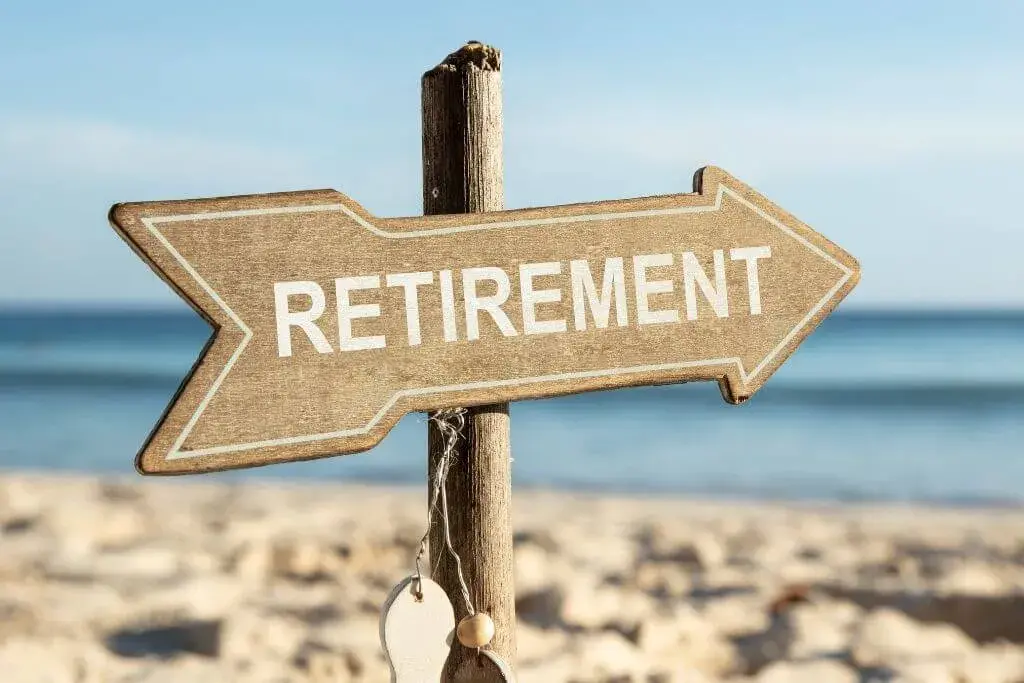See how the passage of time and the life cycle can directly affect women's investment decisions
Adverts
As women navigate the complex world of finance, the different stages of life play a significant role in shaping their investment decisions.
The dynamic nature of financial goals, risk tolerance and priorities evolves throughout a woman's life cycle, influencing how she approaches and plans her investments.
This article explores the impact of the life cycle on women's investment decisions, highlighting key considerations at different life stages.
Adverts
Quick Index:
The Life Cycle x Financial Life
Life expectancy and the life cycle are interlinked, influencing each other over time.
Life expectancy at birth is a statistical estimate of how long a person can expect to live, while the life cycle includes stages such as childhood, adolescence, adulthood and old age.
The life cycle can affect life expectancy through factors such as nutrition, access to health care and social and economic changes.
As people progress through the life cycle, they need to adapt to the transitions and challenges of each stage, which can include decisions about education, career, relationships and future planning.
Understanding the interaction between life expectancy and the life cycle is essential for making informed decisions about health, lifestyle and future planning.
Start of Career and Years of Education
In the early stages of their careers and during their studies, women often focus on building a solid financial foundation. This period is characterised by lower income levels, student loans and the need for financial literacy.
Investment decisions can revolve around establishing emergency funds, managing student debt and learning the basics of investing.
Entering the labour market
As women enter the labour market, their investment priorities change. The focus may turn to contributing to employer-sponsored retirement plans, such as 401(k)s, and taking advantage of employer matching contributions.
Building a retirement nest becomes a prominent goal, and risk tolerance can increase as people generally have a longer investment horizon.
Family Planning and Home Ownership
The decision to start a family and look into buying a house introduces new considerations. Women can allocate funds to savings for important life events such as weddings, starting a family or buying a house.
Investment decisions can involve balancing short-term and long-term objectives, such as saving for a child's education or a down payment on a house.
Mid-Career and Advancement
Mid-career often coincides with an increase in earning potential. Women can become more active in investments, diversifying their portfolios and exploring opportunities with greater risk and reward.
Investment decisions can align with career advancement goals, such as further education or entrepreneurship, and take into account the evolving financial needs of a growing family.
Pre-Retirement Planning
Approaching retirement age leads to a change in investment strategy. Women may reassess their risk tolerance, gradually moving towards more conservative investments to protect the wealth they have accumulated.
The focus can be on maximising retirement contributions, minimising debts and guaranteeing a stable source of income during retirement.
Retirement and Legacy Planning
In retirement, investment decisions are geared towards sustaining a comfortable lifestyle. Women may prioritise income-generating investments, such as dividend-paying shares or annuities, to ensure financial security throughout their retirement years.
Legacy planning, including considerations for heirs and philanthropic contributions, becomes a significant aspect of investment decisions.
Health Considerations
Health costs often become a major concern in later life. Women can allocate funds to health savings accounts (HSAs) or explore investment options that offer financial security in the face of potential medical expenses.
Investment decisions can be influenced by the need for long-term care planning and health insurance considerations.
Cyclical Adjustments and Market Conditions
Throughout the life cycle, women must navigate cyclical adjustments in both personal and market conditions. Economic downturns, job changes or unexpected life events can impact investment decisions.
Adapting to these fluctuations can involve rebalancing portfolios, reassessing risk tolerance and looking for opportunities that align with changing circumstances.
Educational Investments for the Next Generation
As women progress through their life cycles, considerations for the next generation come to the fore. Investment decisions can include setting aside funds for children's education, creating trusts or gifting assets to heirs.
Women can invest strategically to provide financial support and opportunities for their children and grandchildren.
Impact Investing and Philanthropy
In the later stages of the life cycle, women can increasingly explore impact investing and philanthropy. Investing with a focus on social and environmental impact, along with supporting charitable causes, becomes a way of leaving a positive legacy and contributing to wider social goals.
Conclusion
To summarise, the impact of the life cycle on women's investment decisions is a dynamic and evolving process. Each stage brings unique considerations, from building a financial foundation to preparing for retirement and leaving a lasting legacy.
Flexibility, adaptability and ongoing financial education are crucial as women navigate the complexities of the financial landscape at different stages of life.
By understanding the impact of these cycles, women can make informed and strategic investment decisions that align with their evolving financial goals and priorities.
Read more: The challenges and opportunities for women in financial innovation
You may be interested:















